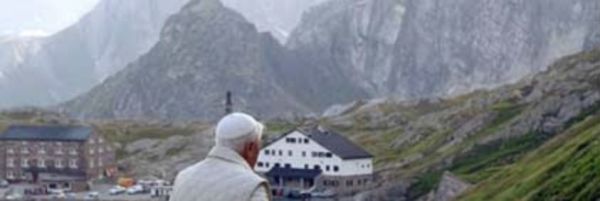In the passage from Saint Matthew’s Gospel that we have just heard, Peter makes his own confession of faith in Jesus, acknowledging him as Messiah and Son of God. He does so in the name of the other Apostles too. In reply, the Lord reveals to him the mission that he intends to assign to him, that of being the “rock”, the visible foundation on which the entire spiritual edifice of the Church is built (cf. Mt 16:16-19). But in what sense is Peter the rock? How is he to exercise this prerogative, which naturally he did not receive for his own sake? The account given by the evangelist Matthew tells us first of all that the acknowledgment of Jesus’ identity made by Simon in the name of the Twelve did not come “through flesh and blood”, that is, through his human capacities, but through a particular revelation from God the Father. By contrast, immediately afterwards, as Jesus foretells his passion, death and resurrection, Simon Peter reacts on the basis of “flesh and blood”: he “began to rebuke him, saying, this shall never happen to you” (16:22). And Jesus in turn replied: “Get behind me, Satan! You are a hindrance to me ...” (16:23). The disciple who, through God’s gift, was able to become a solid rock, here shows himself for what he is in his human weakness: a stone along the path, a stone on which men can stumble – in Greek, skandalon. Here we see the tension that exists between the gift that comes from the Lord and human capacities; and in this scene between Jesus and Simon Peter we see anticipated in some sense the drama of the history of the papacy itself, characterized by the joint presence of these two elements: on the one hand, because of the light and the strength that come from on high, the papacy constitutes the foundation of the Church during its pilgrimage through history; on the other hand, across the centuries, human weakness is also evident, which can only be transformed through openness to God’s action.
[Pope Benedict, homily, 29 June 2012]












